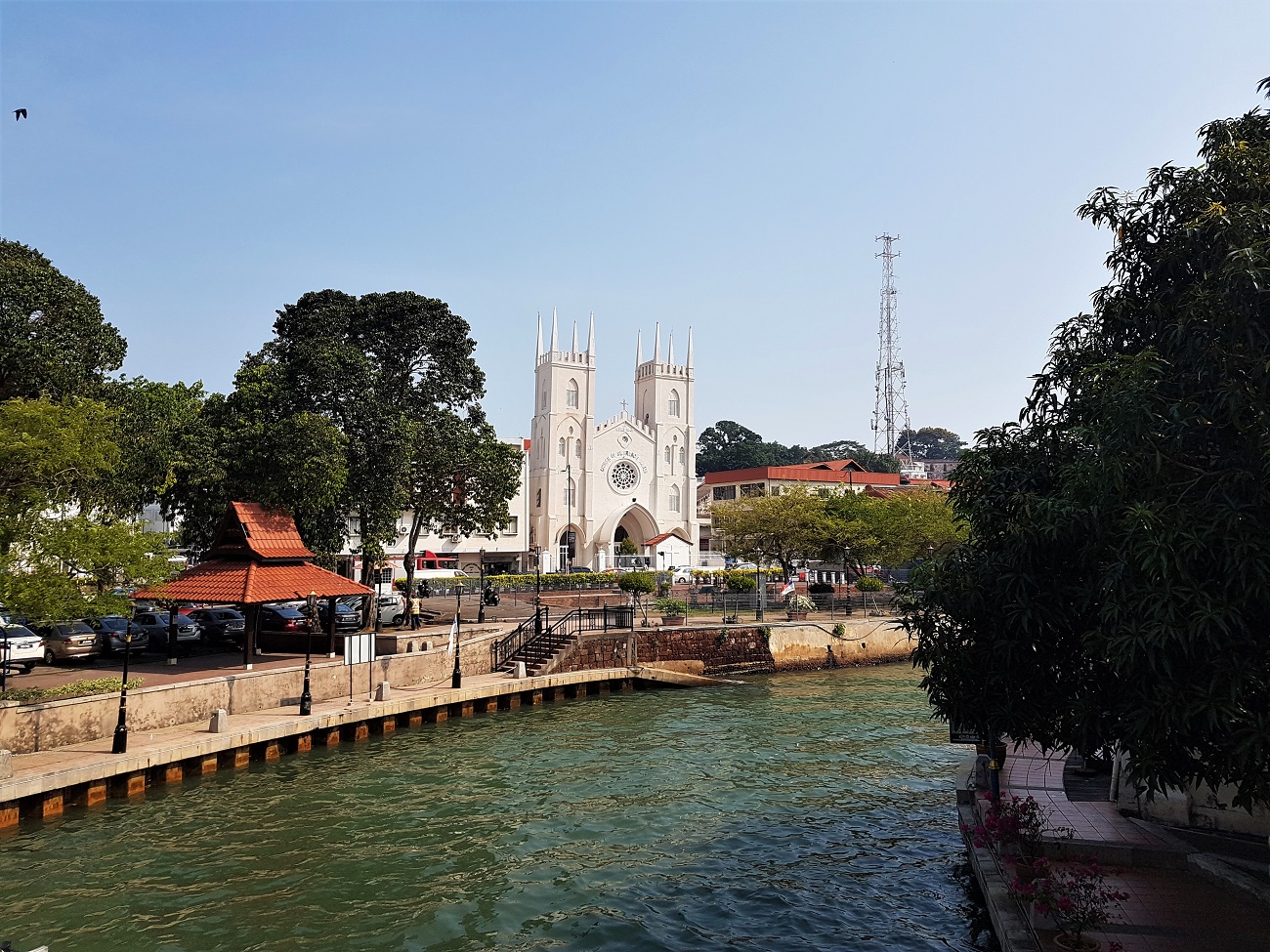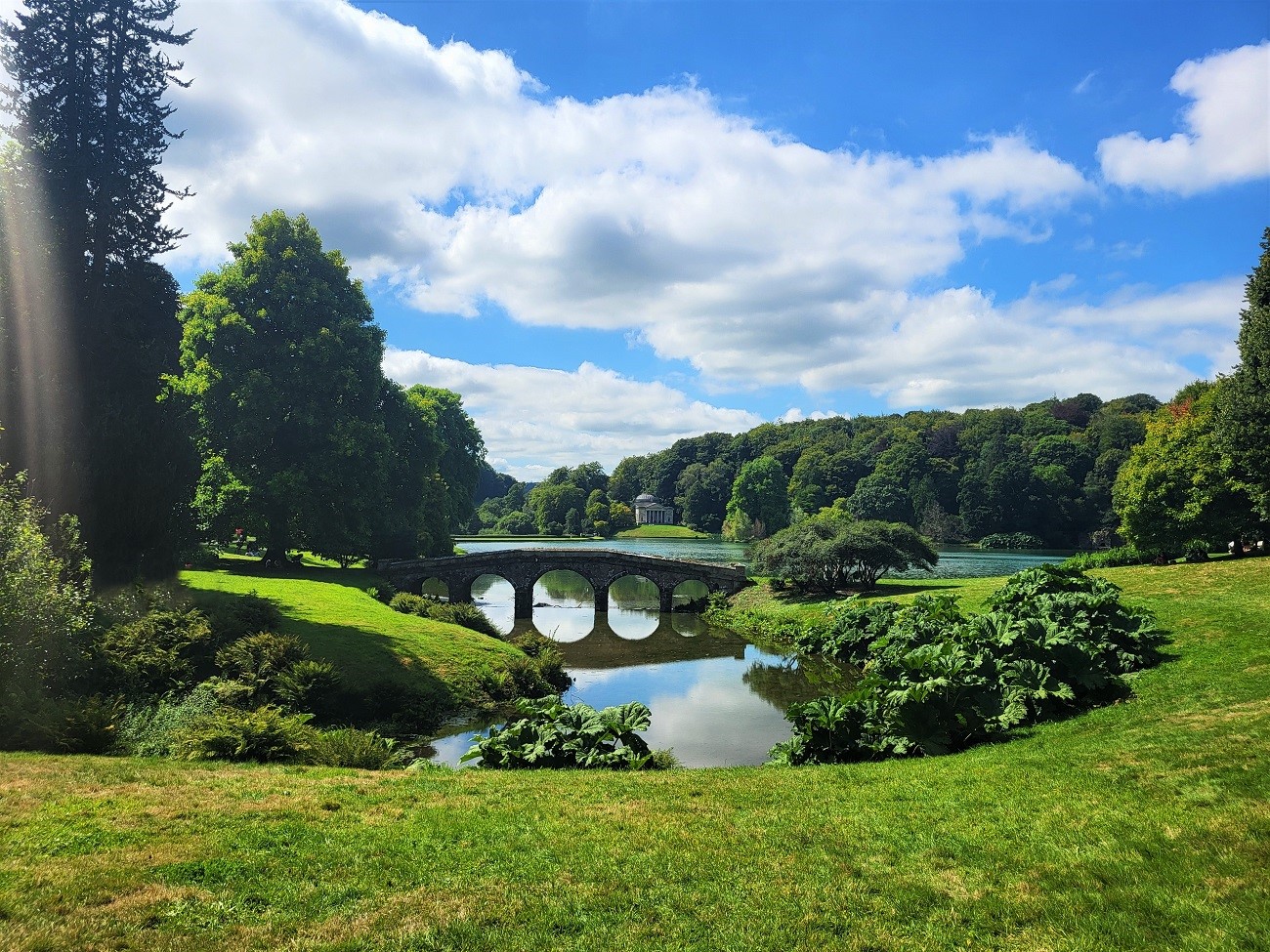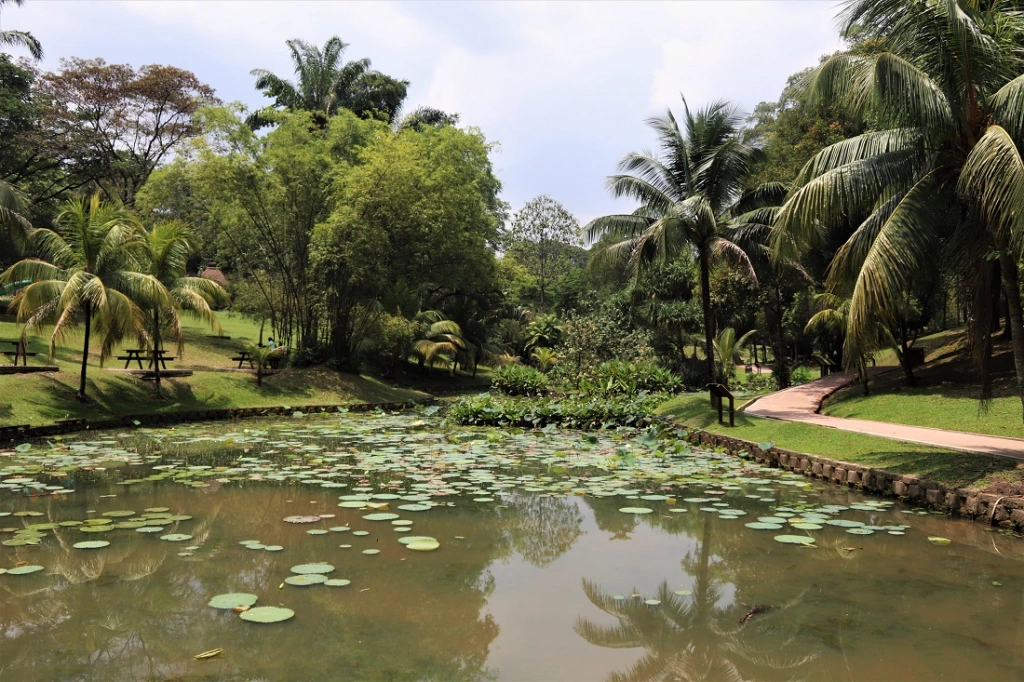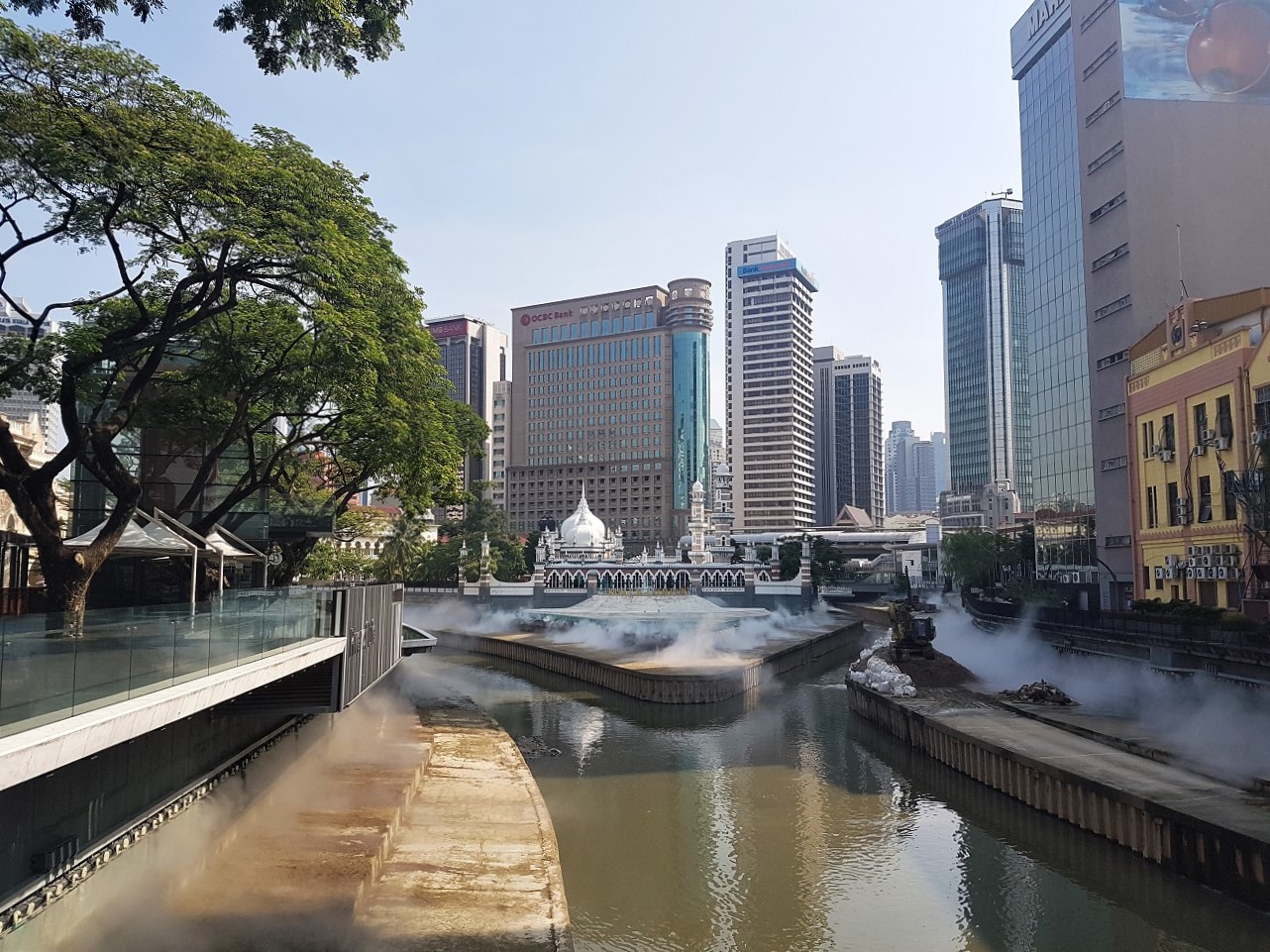Thanks to its multicultural heritage, rich history and excellent food, vibrant, bustling Melaka is one of the most popular destinations in Malaysia.
A brief history of Melaka
Situated in the south-west of Peninsula Malaysia, the city (also known as Malacca) was founded at the start of the 15th century when Parameswara, a Sumatran prince, decided it was the perfect spot for his new empire.
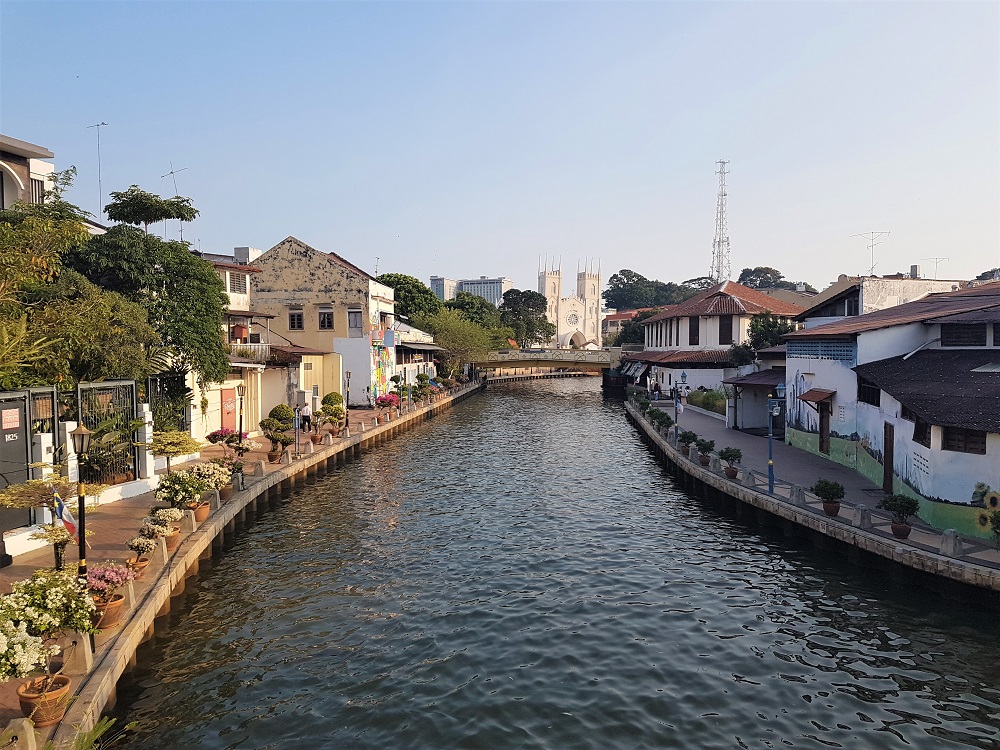
According to legend, Parameswara had been looking for somewhere to set up a new kingdom after being forced to flee his lands and decided to call his new base Melaka after a tree he’d been sheltering under.
Melaka quickly became one of the richest trading ports in the region and it wasn’t long before it attracted the attention of the Europeans.
The Portuguese were the first to colonise the city in 1511, before being replaced by the Dutch in 1641 and the British in 1795.
Its long history has left its mark on Melaka and today its unusual blend of cultures and architectural styles has seen the city designated a UNESCO World Heritage Site.
A walking tour of Melaka
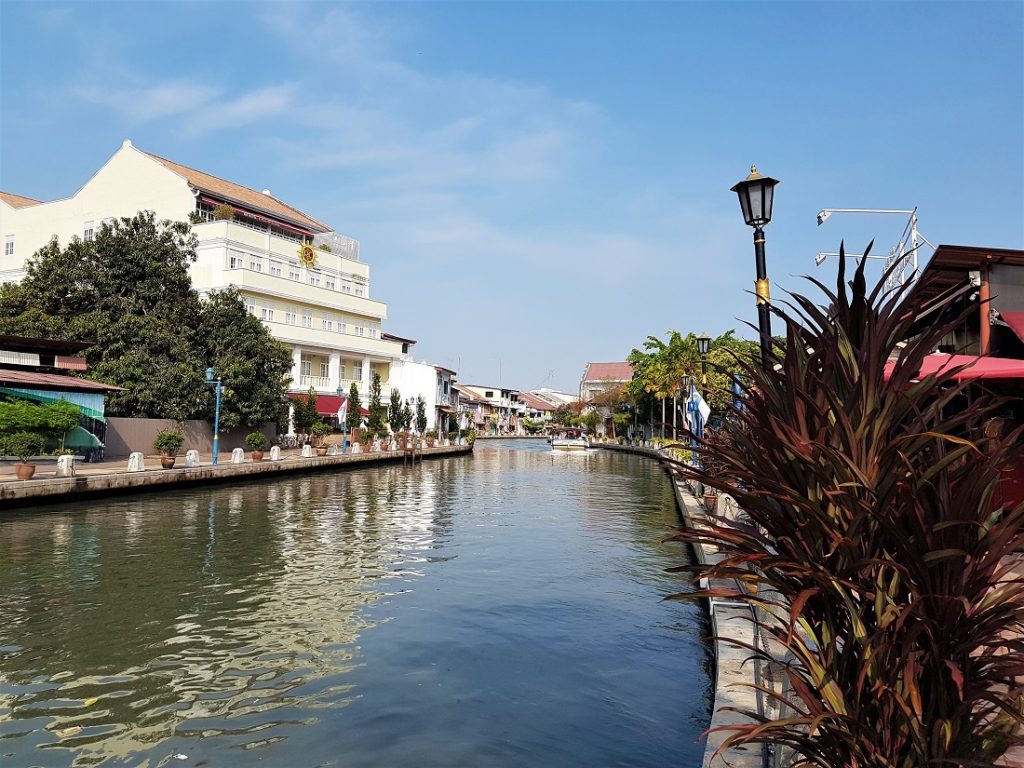
We started our two-day visit to Melaka with a walking tour around the centre to help us get our bearings.
We set off from our hotel through the old colonial backstreets until we reached the Melaka River and the colourful Jalan Hang Jebat bridge (below).

We crossed the river in the direction of Jalan Hang Jebat, the main street in Melaka’s chinatown district, stopping to admire the street art along the way (below).
Jalan Hang Jebat (also known as Jonker Street) is lined with cafés, bars, shops and stalls, and was so busy we struggled to make our way down it.
Melaka’s noisy, busy streets were an assault on the senses after the tranquility of Borneo’s Kinabatangan River and it took some getting used to.
We navigated the throngs of people, then crossed the river at the end of the street to the town square.
The small attractive square, which was built by the Dutch in the 17th century, is home to the old town hall, the Stadthuys, and Christ Church.
St Paul’s Hill

St Paul’s Hill, which lies behind the town square, is the highest point in Melaka.
As the sun was beginning to set, we decided to walk to the top of the hill to enjoy the views over the city and the Strait of Malacca in the distance (above).
St Paul’s was once home to a fortress, A’Famosa, which was built by the Portuguese to take advantage of its strategic location.
Most of the fortress has now been lost – all that’s left is the Porta de Santiago, a gate at the bottom of the hill, and St Paul’s Church on the summit.

The striking Church of St Paul, which dates back to 1521, was abandoned as a place of worship in the 17th century when the Dutch built Christ Church.
We wandered inside the ruined, roofless structure, which was bare aside from the empty tomb of St Francis Xavier, a Portuguese Catholic missionary, and some 17th century Dutch tombstones (above).
Back outside, we stopped to admire the old lighthouse in front of the church and the huge statue of St Francis Xavier (above), before making our way back down the hill.
Jonker Night Walk Market
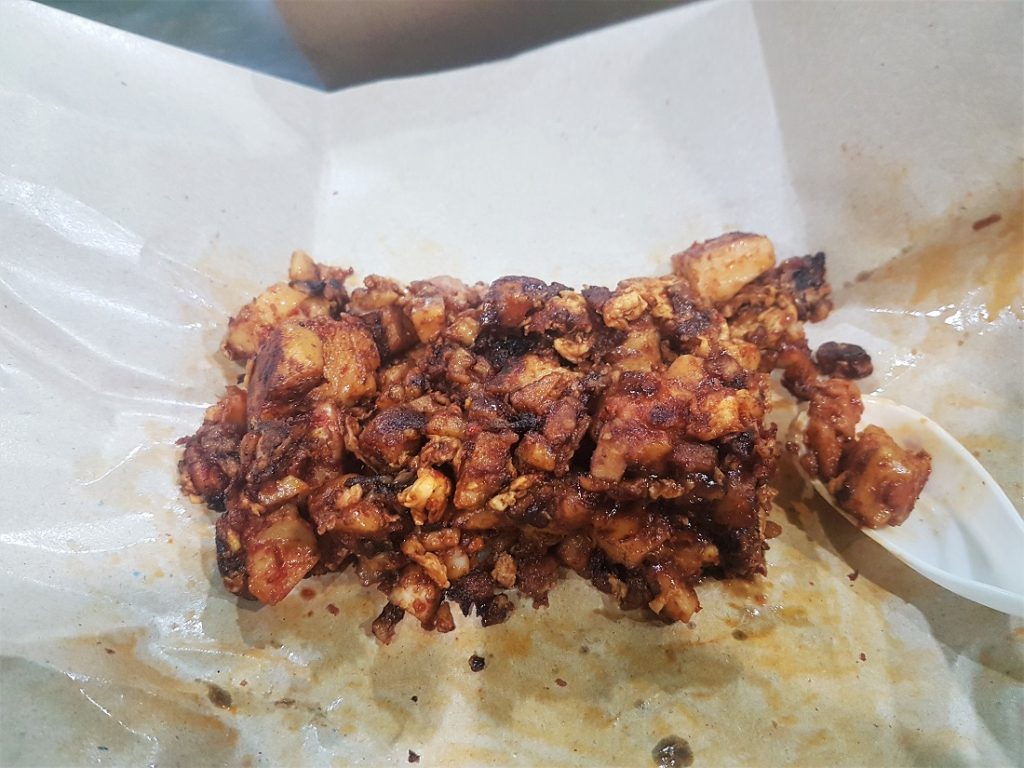
By now it was dinner time, so we headed back to Jalan Hang Jebat to explore the Jonker Walk Night Market.
The lively market is packed with food stalls, each selling a specialty dish.
I opted for some amazing pork dim sum with a sharp dipping sauce, and radish cake (above), a tasty, spicy concoction of tofu, garlic, onion, egg and soy sauce that tasted much better than it looks!
Trishaws and temples
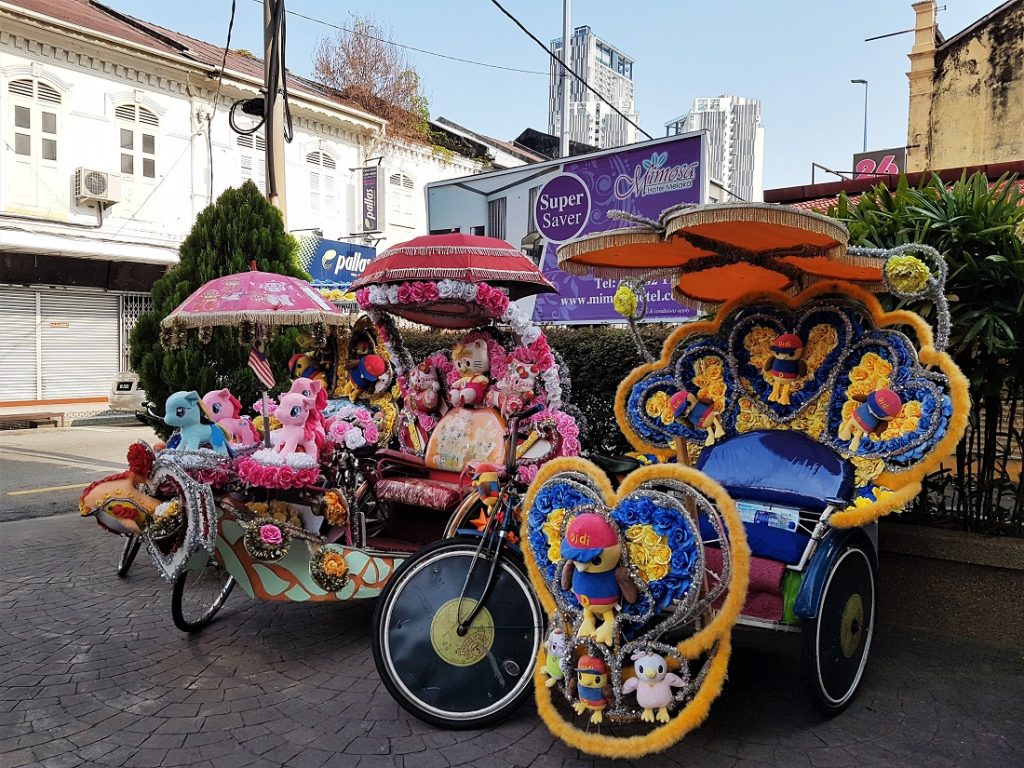
The centre of Melaka is awash with trishaws adorned with popular cartoon characters, such as Baby Shark, Pikachu and Spider-Man.
So, the next morning, we decided to be super touristy by touring the city in a My Little Pony trishaw (above).
The trishaw ride was a lot of fun, if unnerving, as our driver would think nothing of pulling out into oncoming traffic, driving the wrong way up streets and squeezing through the narrowest of gaps.
Our first port of call was the Kampung Kling Mosque (above), which was built in 1748, making it one of the oldest in Malaysia.
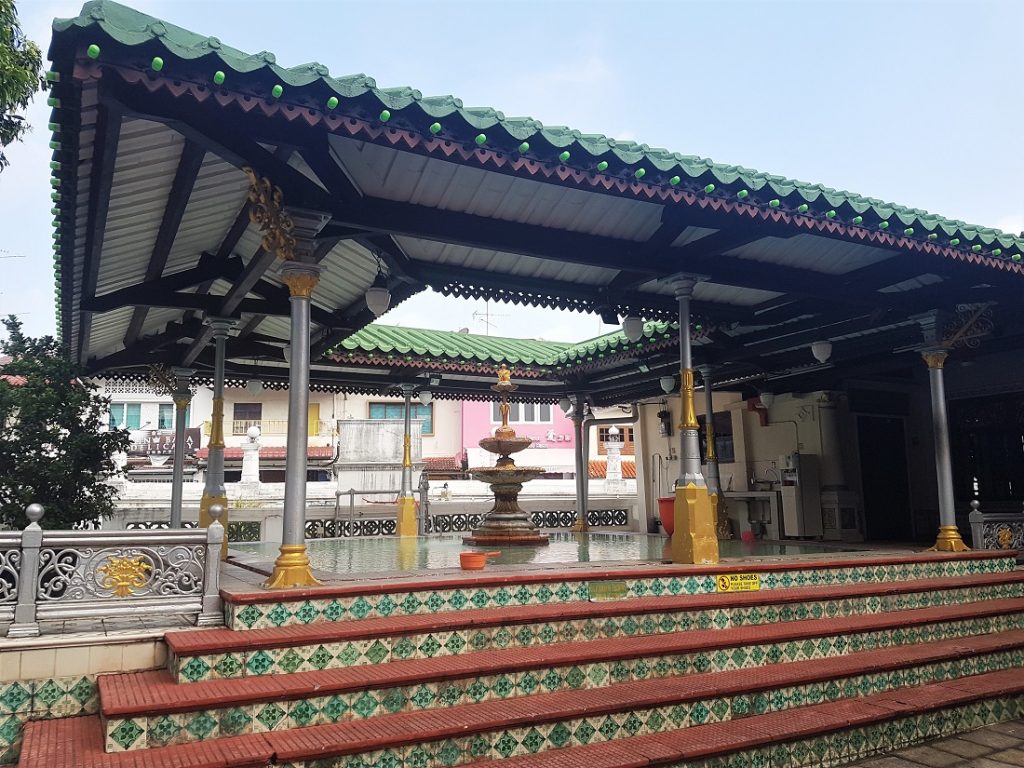
Visitors aren’t allowed inside the prayer hall, but we were free to wander around the quiet, pretty courtyard, which is home to a large pond and fountain (above), as well as a tiny graveyard.
From the mosque, we walked the short distance to Cheng Hoon Teng Temple, the oldest Chinese temple in the country.
Inside the busy temple, my eyes were instantly drawn to the gold Buddha on the central altar, as well as the gilded lions, dragons and phoenixes that adorn the impressive interior.
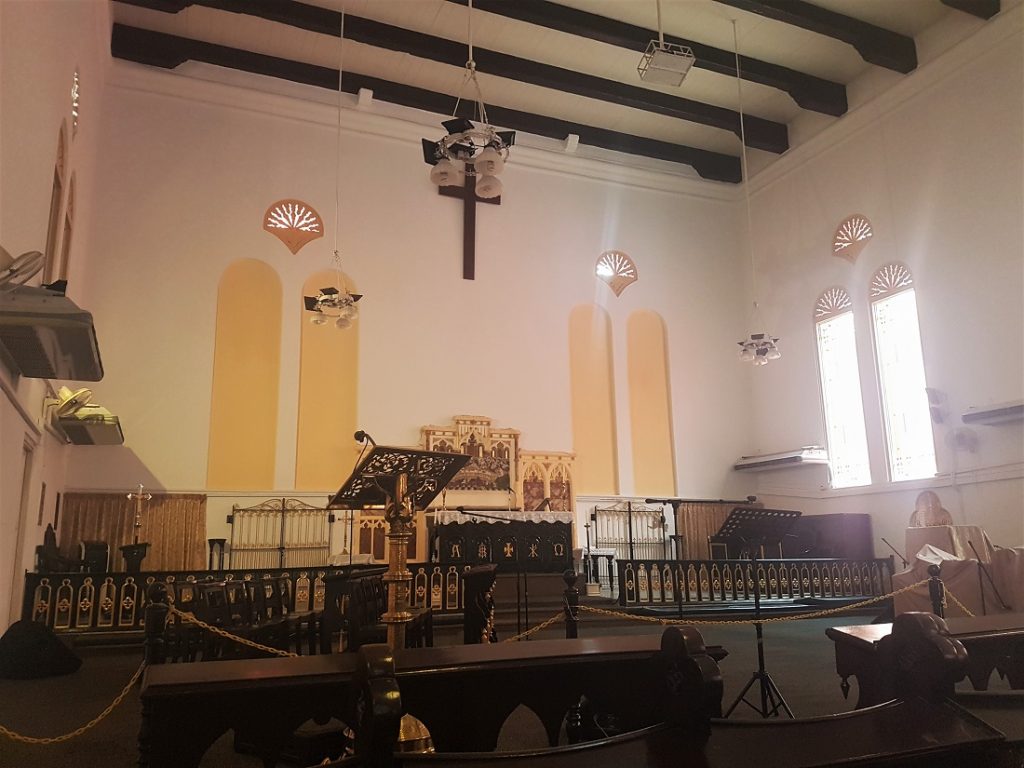
We finished our trishaw tour in the town square, where we popped inside Christ Church.
The small red church is striking from the outside, but inside it’s plain and simple with white walls and dark wooden pews (above).
A boat ride along the Melaka River
A short distance from the town square lies the city’s waterfront, where we hopped on a boat for a 45-minute cruise along the Melaka River.
It was a pleasant, relaxing boat ride and I was delighted when we spotted a couple of monitor lizards on the riverbank (below).
Baba-Nyonya Heritage Museum
After a pit stop for lunch, we headed to the Baba-Nyonya Heritage Museum.
The Baba-Nyonya are descended from Chinese merchants and their Malay wives – baba means men and nyonya women.
Photos aren’t allowed inside the interesting and informative museum, which is housed in a late 19th century Baba-Nyonya home.
The house, which is made up of three houses merged into one, had clearly belonged to a rich family, as it was beautifully and opulently decorated, and full of antique porcelain.
The highlight was the exquisite staircase embellished with a gold-motif design, which was cleverly locked down at night to create a roof over the top of the staircase to stop burglars reaching the top floor.
The Museum of History and Ethnography
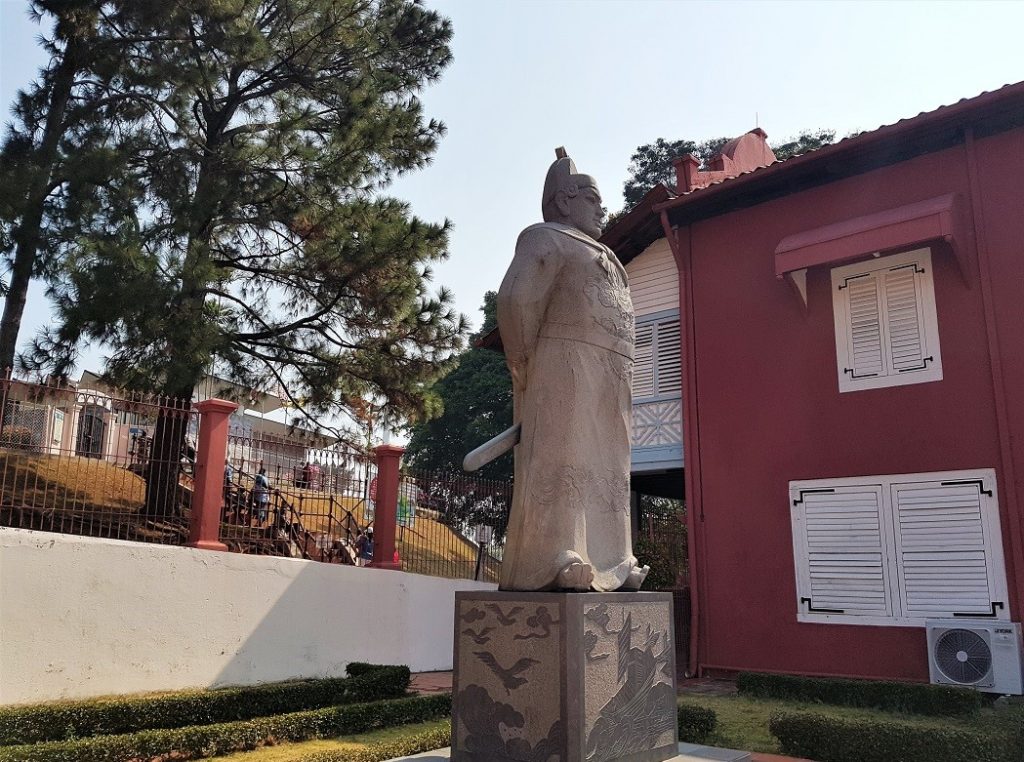
Our final stop was the Stadthuys, which was once home to the Dutch governor and is now the site of the Museum of History and Ethnography (above).
The ground floor features cabinets filled with porcelain and swords, while upstairs there are paintings of historical events, former sultans and lots of dioramas.
I’ll be honest and say I wasn’t a fan of the museum. I didn’t find it that interesting or well curated, so I skipped through it fairly quickly.
Dinner at a Baba-Nyonya restaurant
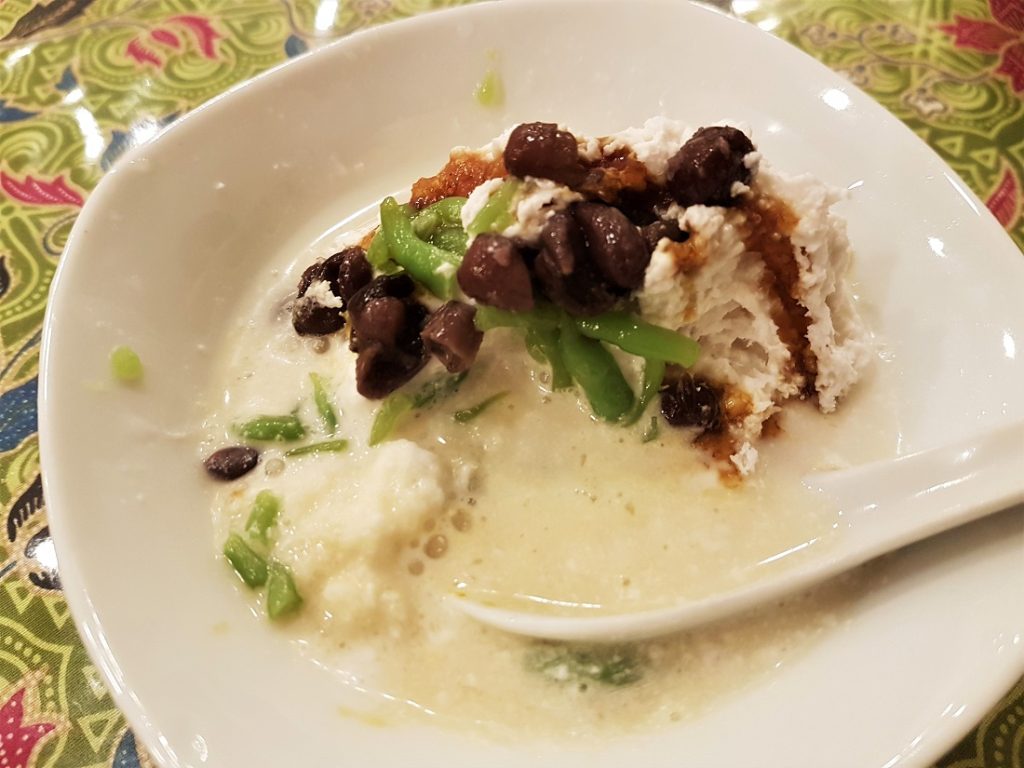
In the evening, we had dinner at a Baba-Nyonya restaurant, where we shared a mix of dishes, including minced fermented prawn patties, vegetables, rice and calamari.
For dessert, we had chendol, a local specialty of shaved ice covered in coconut milk, topped with kidney beans, glutinous rice flour strips and palm syrup (above).
The unusual dessert had an almost savoury taste, but as much as I love beans, I wasn’t convinced about having them for dessert.
I enjoyed our two days in Melaka, it’s very pretty with a mix of things to see, some decent shops and excellent food.
It’s quite touristy, though, and its busyness was a shock to the system after a week in Borneo’s remote jungle.

